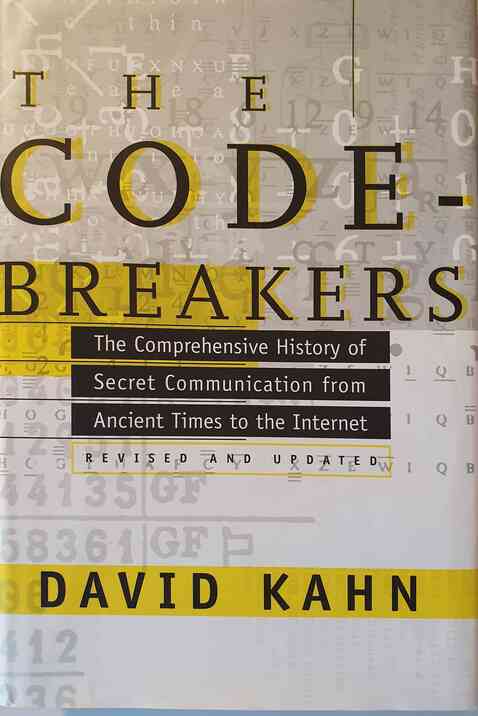David Kahn

History of cryptography.
Analyzing the frequency and contacts of letters is the most universal, most basic of cryptanalytic procedures. (Kahn 1996, 99)
The system works like this: the person wishing to receive secret messages selects two large prime numbers, p and q, which must be kept secret, and another large number e, which is public. The numbers e and n, which must be prime to one another, constitute the public key. They are published, as a telephone number in a phone directory. The person then calculates another number, d, by finding the greatest common denominator of p-1 and q-1, multiplying this number by the product of p-1 times q-1, adding 1, dividing this total by e, and taking the remainder. He keeps d secret. Someone wanting to send a message first converts it into numerical form (as a = 10, b = 11, etc.), multiplies it by itself e times, divides the result by n, discards the quotient and takes the remainder as the cryptogram. When the recipient gets this, he multiplies it by itself d times, divides it by n, and takes the remainder as the numerical plaintext. The system resists to the degree that n is hard to factor into p and q. (Kahn 1996, 982)

